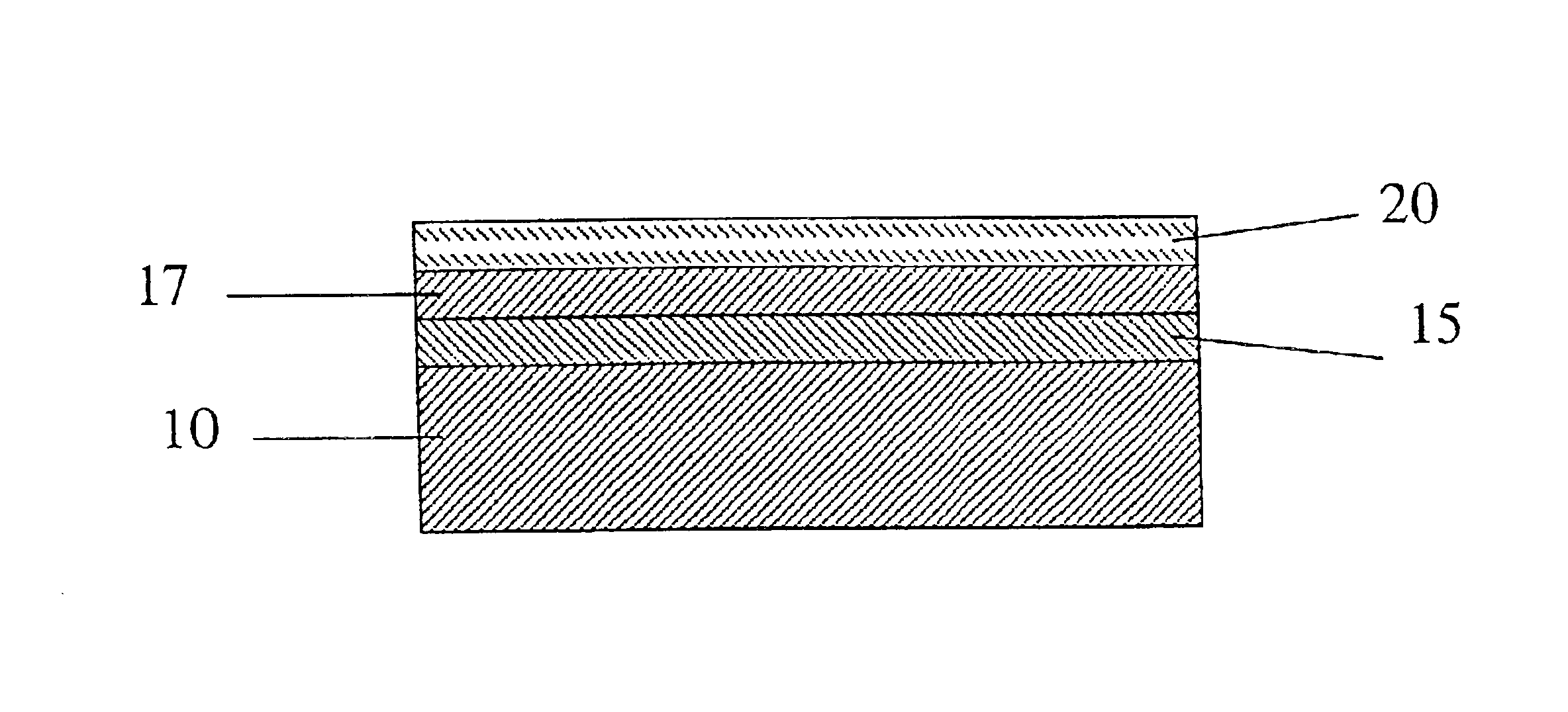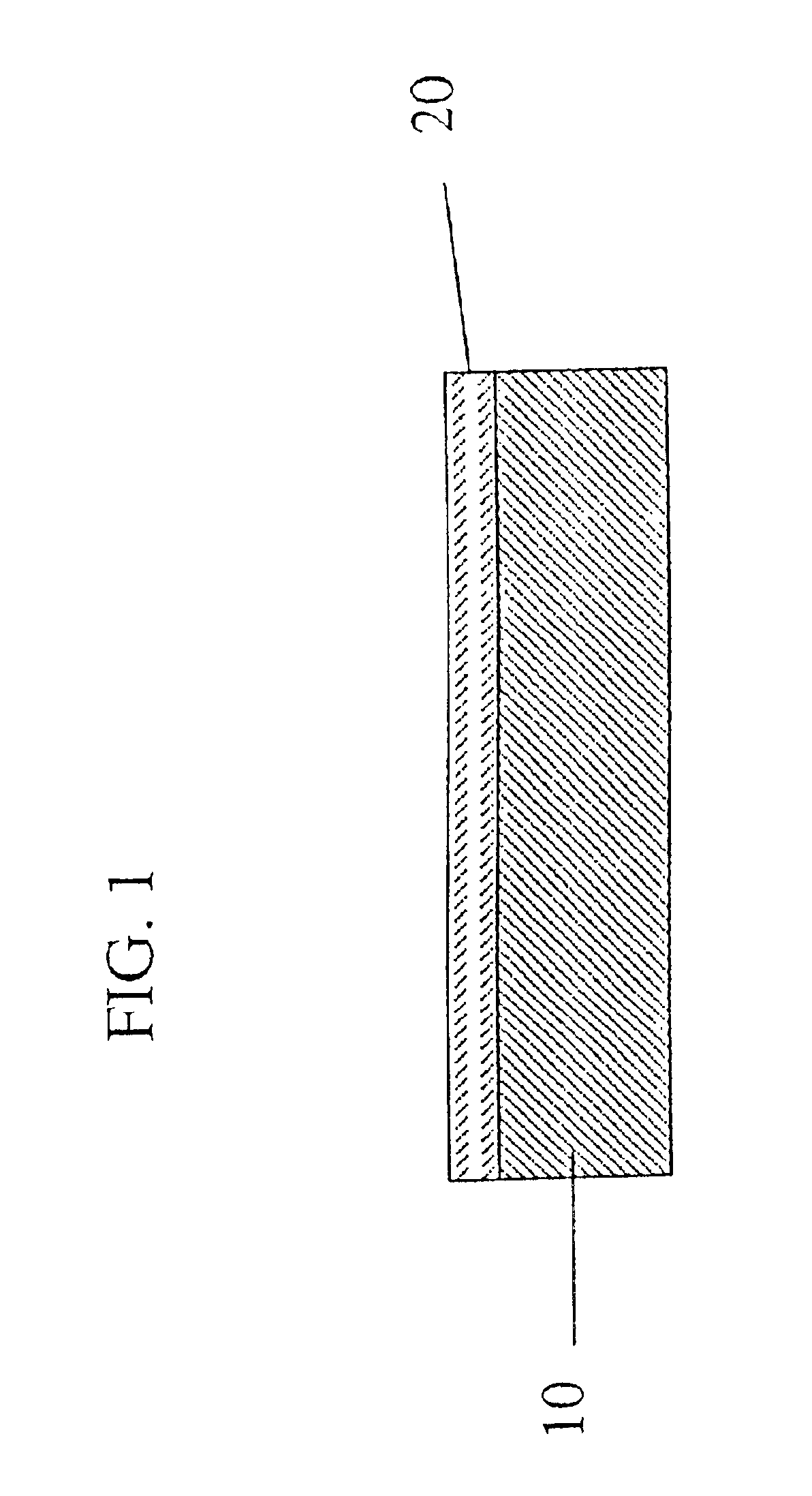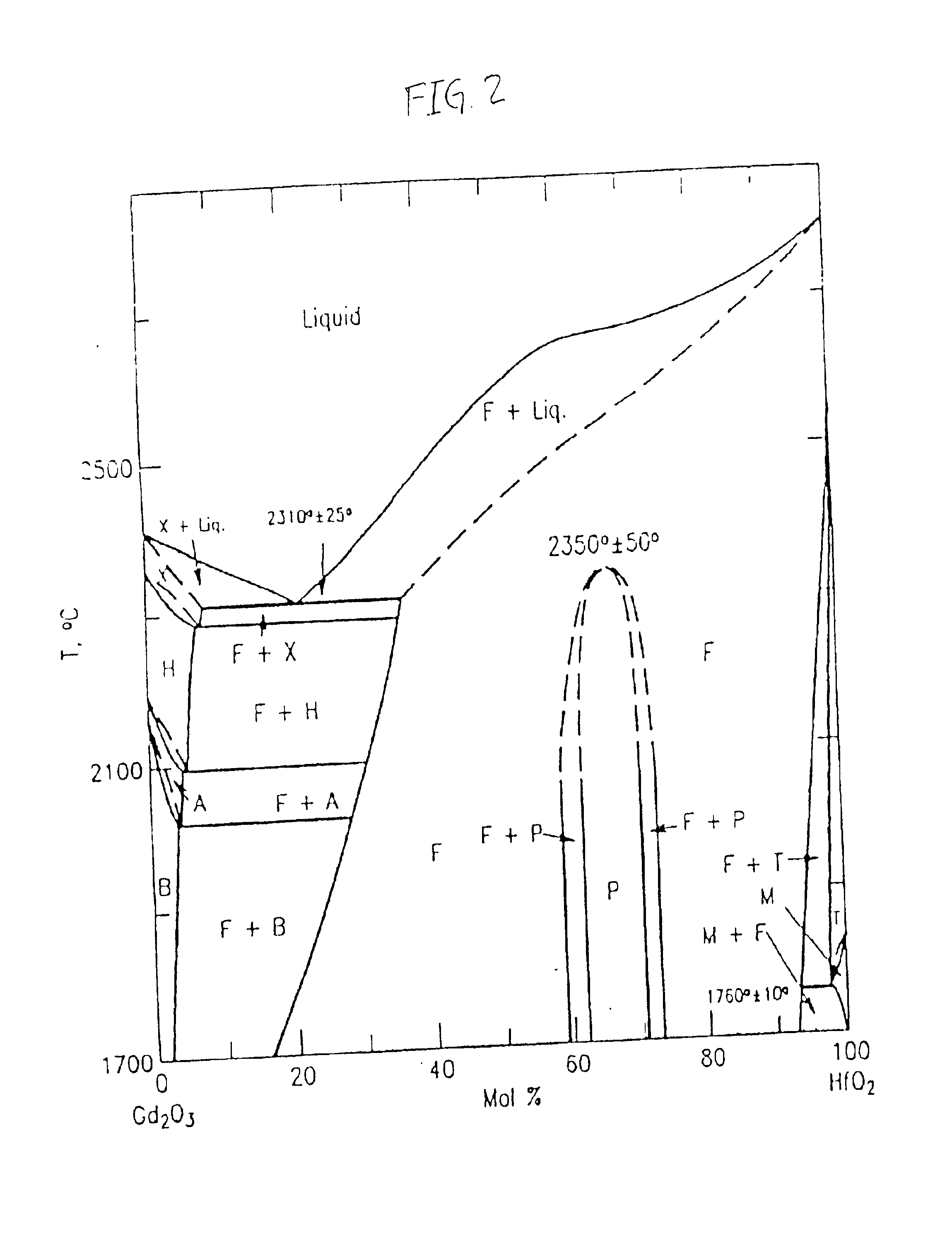Thermal barrier coating systems and materials
a thermal barrier coating and ceramic material technology, applied in vacuum evaporation coating, non-positive displacement fluid engine, liquid fuel engine components, etc., can solve the problems of reducing efficiency, reducing efficiency, and very near the upper limit of thermal stability of metal materials used in gas turbine engines
- Summary
- Abstract
- Description
- Claims
- Application Information
AI Technical Summary
Benefits of technology
Problems solved by technology
Method used
Image
Examples
Embodiment Construction
[0028]The low thermal conductivity of hafnia based coatings can be rationalized by consideration of crystallographic and chemical effects on thermal conductivity. The thermal conductivity of dielectric solids at elevated temperature is determined by phonon scattering, by crystal imperfections and by other phonons. It has been experimentally established that as the difference in atomic mass between constituents in a compound increases, the thermal conductivity of that compound tends to decrease. It should be noted that, for thermal barrier applications and particularly for rotating components, the benefits obtained from the reduction in thermal conductivity resulting from the use of high atomic mass elements must outweigh the debit incurred from higher density.
[0029]Reduction in thermal conductivity has also been associated with increasing complexity of crystallographic structure. For example, pyrochlore structures are generally associated with lower thermal conductivities, see, e.g....
PUM
| Property | Measurement | Unit |
|---|---|---|
| thermally-insulating | aaaaa | aaaaa |
| microstructure | aaaaa | aaaaa |
| structure | aaaaa | aaaaa |
Abstract
Description
Claims
Application Information
 Login to View More
Login to View More - R&D
- Intellectual Property
- Life Sciences
- Materials
- Tech Scout
- Unparalleled Data Quality
- Higher Quality Content
- 60% Fewer Hallucinations
Browse by: Latest US Patents, China's latest patents, Technical Efficacy Thesaurus, Application Domain, Technology Topic, Popular Technical Reports.
© 2025 PatSnap. All rights reserved.Legal|Privacy policy|Modern Slavery Act Transparency Statement|Sitemap|About US| Contact US: help@patsnap.com



